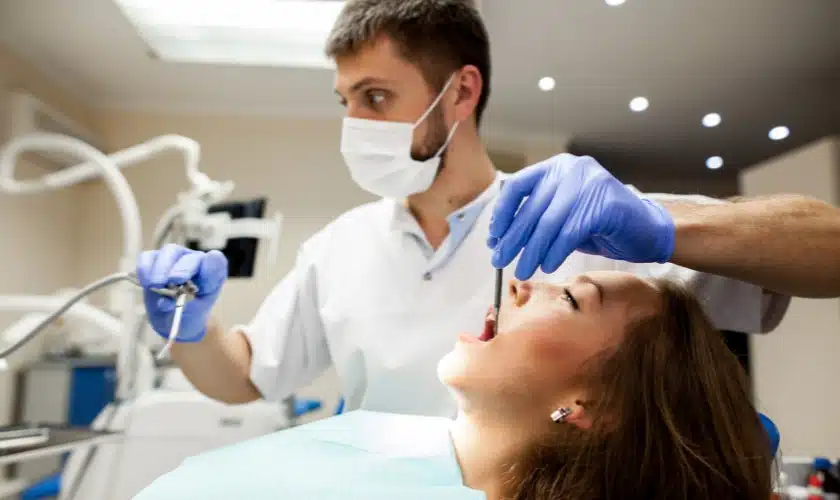Tooth Extractions in Oklahoma City OK is a dental procedure in which a tooth is removed from its socket in the jawbone. This procedure is typically performed by a dentist or oral surgeon and may be necessary for various reasons, including severe tooth decay, infection, crowding, damage, or impacted wisdom teeth. Here’s an overview of what to expect during Tooth Extractions in Oklahoma City OK:
- Initial Assessment: Before performing a tooth extraction, the dentist will conduct a thorough examination of your mouth, teeth, and gums. This may involve taking dental X-rays to assess the position of the tooth, its roots, and surrounding structures.
- Anesthesia: To ensure your comfort during the procedure, the dentist will administer local anesthesia to numb the tooth and surrounding tissues. In some cases, sedation may also be used to help you relax during the extraction.
- Extraction Procedure: Once the area is numb, the dentist will use specialized instruments, such as forceps or elevators, to loosen the tooth from its socket and gently remove it. In some cases, the tooth may need to be sectioned into smaller pieces for easier removal, particularly if it is impacted or has curved roots.
- Post-Extraction Care: After the tooth is extracted, the dentist will provide instructions for post-extraction care to promote healing and minimize discomfort. This may include:
- Biting on a gauze pad placed over the extraction site to control bleeding.
- Applying ice packs to reduce swelling and discomfort.
- Taking prescribed pain medications or over-the-counter pain relievers as needed.
- Eating soft foods and avoiding hot, spicy, or hard foods that may irritate the extraction site.
- Avoiding vigorous rinsing, spitting, or using straws, which can dislodge the blood clot and delay healing.
- Following any additional instructions provided by the dentist for optimal recovery.
- Healing Process: The extraction site will typically heal within a few days to a week after the procedure. During this time, new bone and gum tissue will gradually fill in the empty socket. It’s essential to follow the dentist’s instructions for post-extraction care to minimize the risk of complications, such as dry socket (loss of the blood clot) or infection.
- Follow-Up Appointment: Depending on the complexity of the extraction and your individual healing process, the dentist may schedule a follow-up appointment to monitor your recovery and ensure that the extraction site is healing properly.
Overall, tooth extraction is a common and generally safe dental procedure that can alleviate pain and discomfort caused by various dental issues. If you’re experiencing tooth pain or have concerns about a specific tooth, consult with your dentist to determine whether tooth extraction is necessary and discuss the best treatment options for your dental health.
